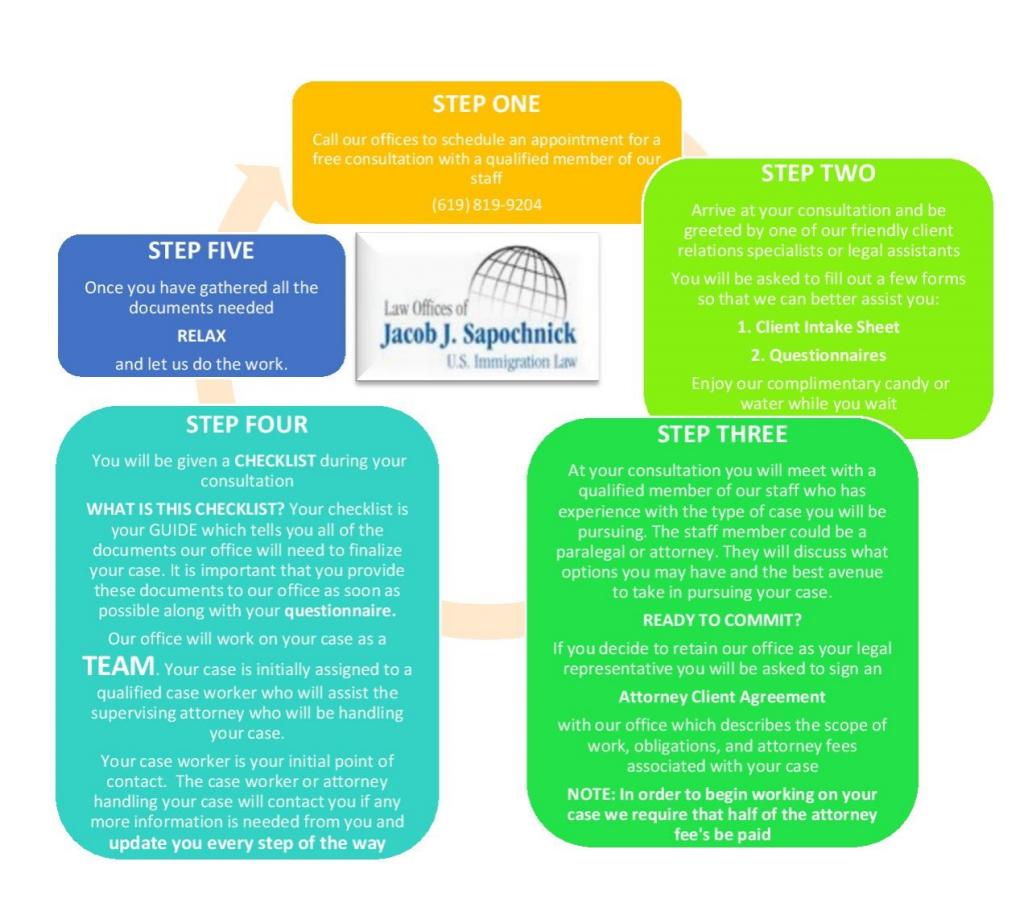USCIS recently announced new policy changes regarding Form I-693, Report of Medical Examination and Vaccination Record. Starting June 1, 2014, USCIS has limited the validity period for all Forms I-693 to one year from the date that USCIS receives the form. This updated policy applies to any Form I-693 supporting a benefit application that USCIS adjudicates on or after June 1, 2014.
If you are applying for adjustment of status, you may submit Form I-693 in one of the following ways:
- Submit Form I-693 by mail, together with your Form I-485, Application to Register for Permanent Residence or Adjust Status, to the location specified for your Form I-485 (see “Direct Filing Addresses for Form I-485”).
 Visa Lawyer Blog
Visa Lawyer Blog



